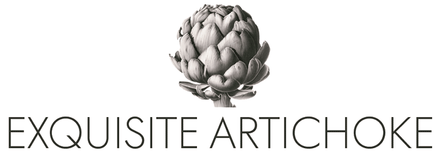With so many fakes flooding the market these days, having the ability to spot small differences and determine whether or not your Hermès scarf is genuine is an important skill. Although there is no one single way to authenticate an Hermès scarf, there are various tell-tale signs that you can look out for. To help you feel more confident in being able to spot the obvious and not so obvious signs, we’ve compiled some tips for you here.
The Weight
Hermès only uses the finest materials for their scarves, looming their own silk in Lyon, France and weaving the silk from the cocoons of 250 mulberry moths. As a result, a genuine Hermès is very often a good deal heavier and sturdier than the lesser silk typically found in fakes. A new 90cm Hermès silk scarf will weigh approximately 63g. Though a scarf can lose a bit of weight over the years from repeated wear and cleanings, it should still maintain a weight close to this. Many of the fakes we’ve encountered weigh in at a considerably lighter 40-52g, which can be the easiest straightaway sign that the scarf you are holding is a counterfeit.
The Hems
The hems of an Hermès scarf are meticulously rolled by hand and hand-stitched by the finest artisans. If you ever see a machine-stitched hem, a backstitch, a cross-stitch and/or anything other than a hand-rolled edge (rolled toward the front), it is a clear indicator that the scarf is a fake. Additionally the thread used for the stitching should perfectly match the color of the silk at the hem.
The Care Tag
The Hermès care tag has gone through many iterations in size, shape and text over the years so it’s best to familiarize yourself with the care tag styles of the eras you’re interested in collecting. Many prefer to remove the care tag, so the absence of one is not necessarily an indicator that the scarf is not authentic, but a badly replicated one can be a clear indicator of counterfeit.
The Print Quality
Hermès scarves are hand-silkscreened, using a separate screen for each individual color, and using an average of 27 colors for each design. With some notable exceptions, if a scarf only uses 4-6 colors this can be a red flag. If you have concerns about this, google the design name and compare the color range and depth.
The Size
Hermès scarves come in a variety of sizes. The most common is the 90cm variant. Additionally there is the 140cm GM, the 70cm vintage silk variant (which will be noticeably softer to the touch), the 45cm pocket square and the 55cm bandana. The vast majority of designs are only issued in 1-2 particular size variants, with fakes sometimes appearing in sizes never issued by Hermès.
Other Indicators
Many guides will tell you to look for specific indicators such as the Hermès Paris, the copyright symbol, and the artist’s signature but any half-decent fake produced in the last 30+ years will be a photo-accurate reproduction of the original design. There is no reason for a modern counterfeiter to deliberately omit an artist’s signature or any other individual element, so these indicators alone do nothing to prove authenticity. On the flip side, not all authentic Hermès scarves have all of these indicators. Any Hermès scarf produced prior to the 1980’s will not have the modern copyright symbol, with only a simple (c) used for the 25-30 years prior, while anything produced before the 1950’s will not include a copyright of any kind. Likewise several notable artists such as the prolific Hugo Grygkar never signed any of their designs.
